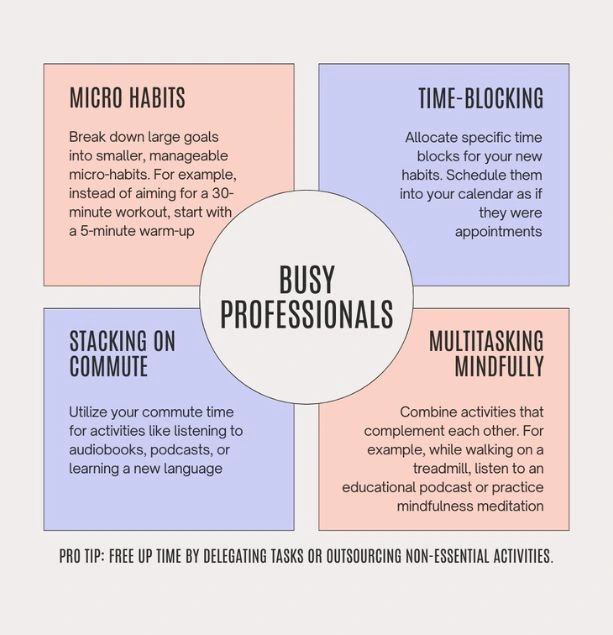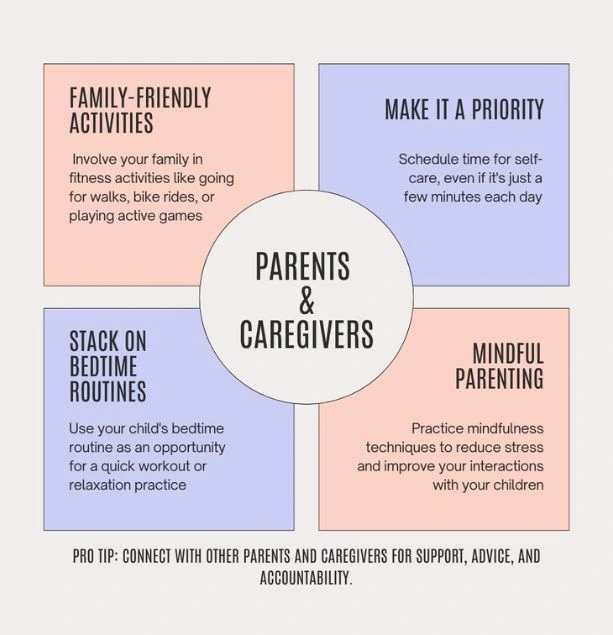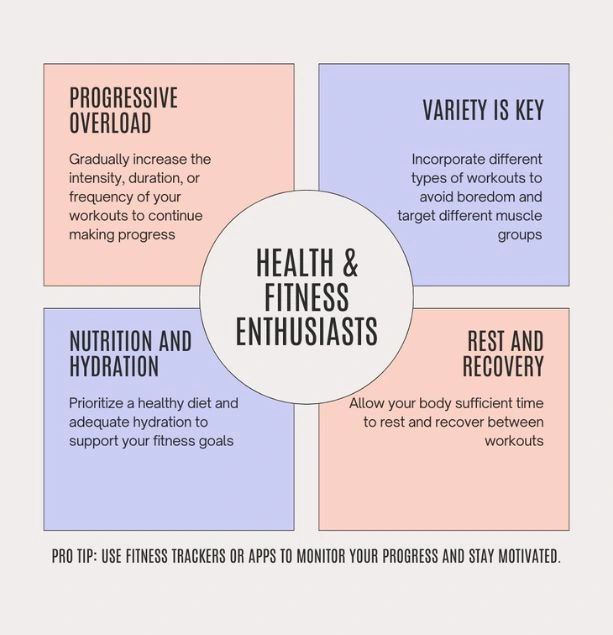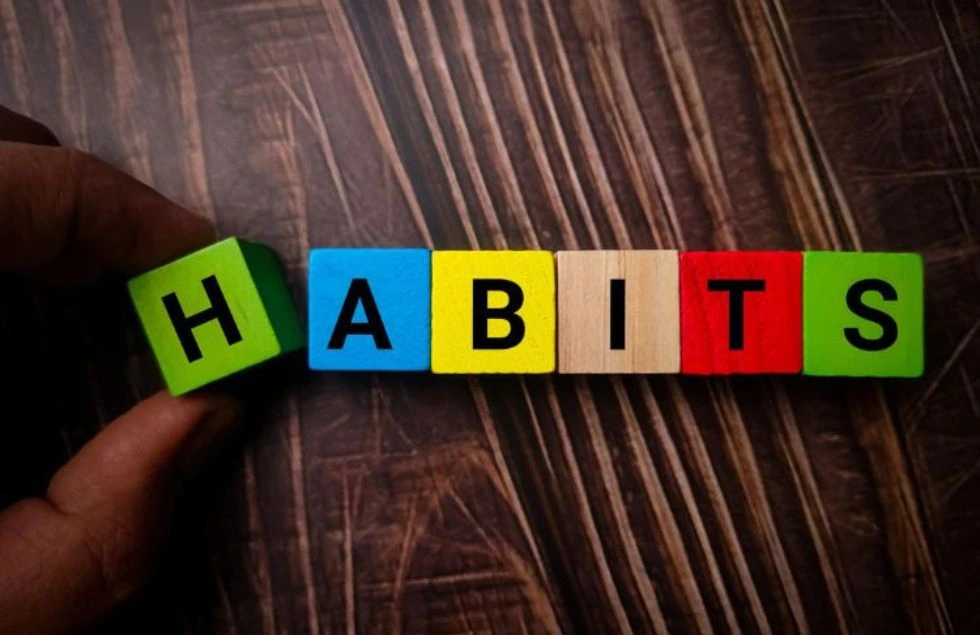James Clear, Atomic Habits
Every year we set countless ambitions for ourselves: losing weight, learning a new language, starting a business, or simply becoming more productive. With renewed determination, we embark on new exercise routines, healthy eating plans, and productivity hacks. But as the weeks go by, our initial enthusiasm fades, and our resolve weakens. Eventually, we find ourselves back at square one, wondering why we couldn’t maintain our commitment to our goals.
This sounds relatable, right?
Why is it so difficult to stick to our resolutions?
Contrary to popular belief, it doesn’t take 21 days to form a new habit. While initial results may be noticeable around that time, building a habit is a gradual process that requires consistent effort and perseverance. Overcoming the initial hurdles, resisting temptations, and staying committed to your goals are essential steps in creating lasting change.
As James Clear, author of the bestselling book “Atomic Habits,” explains, “Habits are the compound interest of self-improvement. Small changes, compounded over time, lead to remarkable results.”
In this article, we will discuss habit stacking and its potential as a powerful strategy for forming new habits. We will share the principle of habit stacking and how it can help you incorporate new habits into your daily routine more effectively. By understanding the science behind habit formation and implementing these strategies, you can make positive changes that will have a lasting impact on your life.
What is Habit Stacking?
Habit Stacking is a technique for building new habits by attaching them to existing habits. It’s like adding a new layer to a habit cake. For example, if you want to start meditating, you could stack it onto your morning routine of brushing your teeth. After brushing, you meditate for a few minutes. Over time, the new habit becomes ingrained.
Another famous quote from the book “Atomic Habits” by James Clear says, “The best way to build a new habit is to make it so easy you can’t say no.” Habit stacking is a great way to do just that.
Why Habit Stacking is Effective: The Science Behind Habit Success
Habit stacking is a powerful technique for building new habits because it leverages the power of existing habits. When you link a new habit to an existing one, you’re essentially piggybacking on the momentum of your current routine. This makes it easier to stick to your new habit because it becomes a natural part of your day.
In addition to leveraging existing habits, habit stacking also creates positive associations. When you consistently perform a new habit after a pleasurable activity, your brain begins to associate the two. This makes it more likely that you’ll look forward to the new habit and be motivated to continue it.
Finally, habit stacking improves consistency. By making your new habit a part of your daily routine, you’re more likely to stick to it over the long term. This is because it becomes a habit, not just a temporary goal.
How to Create a Habit Stack: Building Your Own Habits
To create a habit stack, you need to first identify your current habits. These are the building blocks of your daily routine. Once you have a clear understanding of your existing habits, you can start to identify opportunities to stack new habits on top of them.
Following are a few quick tips that will help you get started with stacking your habits into your routine::
- Identify your current habits: List your daily routines, such as waking up, getting ready for work, eating meals, and going to bed.
- Choose a new habit: Decide on the new habit you want to incorporate into your life. Consider your goals, interests, and values.
- Stack the new habit: Determine the best time to add the new habit to your existing routine. For example, if you want to start meditating, you could stack it on top of your morning routine.
- Make it easy: Reduce friction and barriers to starting the new habit. For example, if you want to start exercising, keep your workout clothes by your bed so you can easily get dressed and start your workout.
- Be consistent: Remember, the key to building a habit is consistency. The more you practice a new habit, the easier it will become. So, be patient and persistent, and you’ll eventually see the results you’re looking for.
6 Common Mistakes to Avoid When Habit Stacking
Habit stacking is a powerful technique for building new habits and breaking old ones. If done incorrectly, it can destroy your habit fortress. Here are some common mistakes to avoid:
-
Overloading Your Routine
One of the most common mistakes people make when habit stacking is overloading their routine. Trying to add too many new habits at once can be overwhelming and lead to burnout. It’s better to start with one or two new habits and gradually add more as you become comfortable with them.
-
Choosing Incompatible Habits
Another mistake is choosing incompatible habits to stack. For example, if you’re trying to build a habit of waking up early and going for a run, it might not be a good idea to stack it with a habit of watching TV late at night. These habits conflict with each other and can make it difficult to stick to both.
-
Neglecting the Foundation
When habit stacking, it’s important to remember that the foundation of your habit fortress is the existing habits you already have. If you’re not consistent with your current habits, adding new ones will be even more challenging. Make sure to prioritize maintaining your existing habits before adding new ones.
-
Setting Unrealistic Goals
Setting unrealistic goals for your new habits can also lead to failure. If your goal is to run a marathon in two weeks, you’re more likely to give up when you don’t see immediate results. Start with smaller, more achievable goals and gradually increase the intensity as you progress.
-
Lack of Flexibility
Life happens, and sometimes things don’t go according to plan. It’s important to be flexible and adaptable when it comes to your habits. If something unexpected comes up, don’t beat yourself up for missing a day or two. The key is to get back on track as soon as possible.
-
Ignoring the Power of Rewards
Rewards can be a powerful tool for reinforcing new habits. When you achieve a goal, make sure to reward yourself in a way that you enjoy. This will help you stay motivated and committed to your habit stacking journey.
The key to success is consistency.
James Clear
Tailoring Habit Stacks to Your Lifestyle
For Busy Professionals
In today’s fast-paced world, busy professionals often struggle to find time for self-care and personal development. However, habit stacking can be a powerful tool for incorporating new habits into your busy schedule.
Here are some time-saving strategies and habit stacking techniques specifically tailored for professionals:

For Parents and Caregivers
Parents and caregivers often have demanding schedules and responsibilities. However, incorporating fitness and self-care into your routine is essential for your well-being and ability to care for others.
Here are some tips for creating habit stacks that support your family and yourself:

For Students
Students face unique challenges when it comes to balancing academics, extracurricular activities, and personal well-being. Habit stacking can help you create a structured routine that supports your academic success and overall health.
Here are some tips for students:

Habits Are Your Key to Shape Your Future
Habit stacking is a powerful tool for creating lasting, positive changes in your life. By linking new habits to existing ones, you can leverage the power of your current routine and build momentum towards your goals.
Remember, the key to success with habit stacking is consistency and perseverance. Don’t get discouraged if you face setbacks or challenges along the way. Stay committed to your goals and keep trying.
For more such practical tips and guides, make sure to follow Stay Healthy, Stay Fit. We provide valuable insights and resources to help you on your journey to a healthier lifestyle. Go start and fulfill your resolutions!

